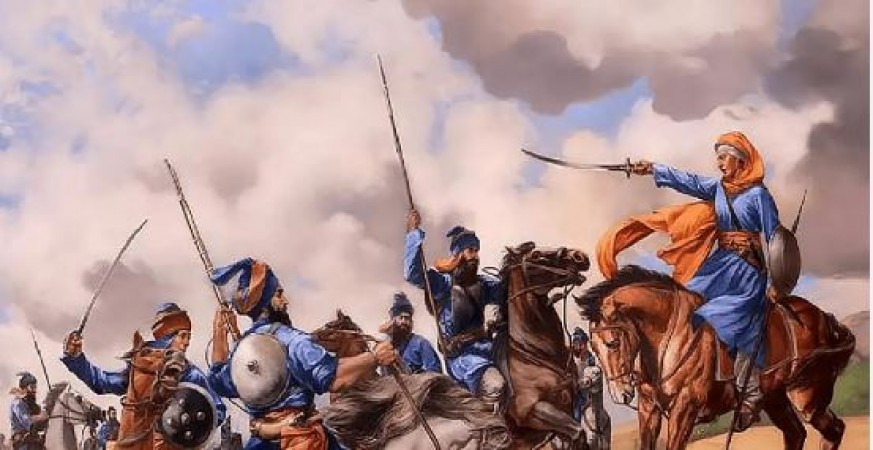
Sada Kaur was responsible for the rise of the Sikh Empire through her battlefield bravery and strategic foresight.
The Sikhs started fighting among themselves after Ahmed Shah Abdali, the Afghan monarch, stopped his conquests of India. The Sikh Confederacy, or Misls, era was marked by several rival Sikh kingdoms that would unite when faced with an external foe but would return to intra-Sikh fighting once the threat had passed. Following the passing of her father-in-law, the illustrious Jai Singh Kanheya, and her husband in a conflict with the Sukerchakia Misl, Sada Kaur assumed control of the Kanheya Misl.
Also Read: Chardi Kala: An Ascending Energy
More than 10,000 cavalry and other substantial resources were at Sada Kaur's disposal. She set up Mahitab Kaur Kanheya's marriage to Ranjit Singh, the son of the Sukherchakia Misl, in what is largely regarded as one of the most foresighted moves in support of Sikh expansion. After seeing that anyone seeking to rule Panjab must first have control of the city of Lahore, Sada Kaur persuaded her warriors to aid Ranjit Singh in his mission to become the leading Sikh chief. She also persuaded Ranjit Singh to infiltrate the city.
Sada Kaur and Ranjit Singh entered Lahore together as joint rulers, however, Sada had Ranjit Singh crowned Maharaja of Panjab. Sada Kaur joined Ranjit Singh in several battles against rival Sikh chiefs until he was unquestionably the dominant leader of the Sikh nation.
Also Read: Bibi Deep Kaur Ji: Fearless Fighter
Her final years were characterized by growing animosity towards the new King, particularly after he made the decision to remarry and left Sada's daughter alone. In order to secure her belongings, she started writing letters to Sir Charles Metcalfe and threatening contact with the British. Ranjit Singh made the decision to place her under close observation in response. Just seven years before her future son-in-law Ranjit Singh, she passed away in 1832. Sher Singh, her son, finally succeeded her as Maharaja, albeit for a brief period.
Also Read: Mata Sahib Kaur Ji: Mother of Khalsa